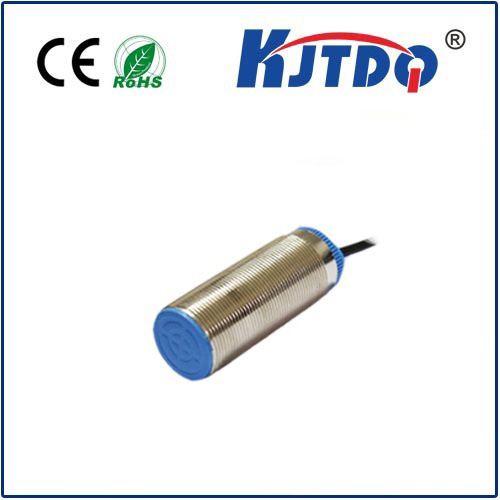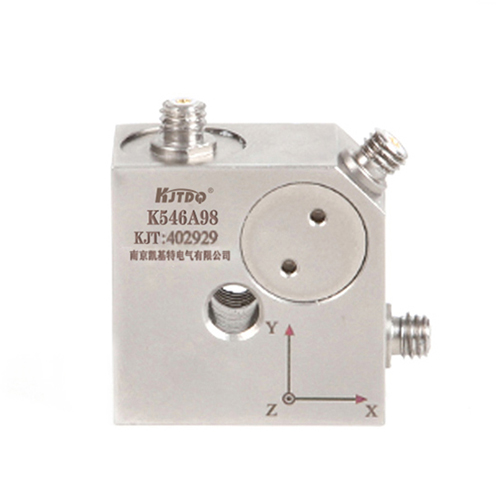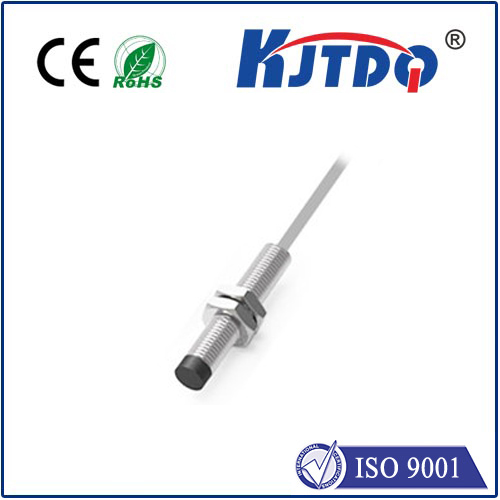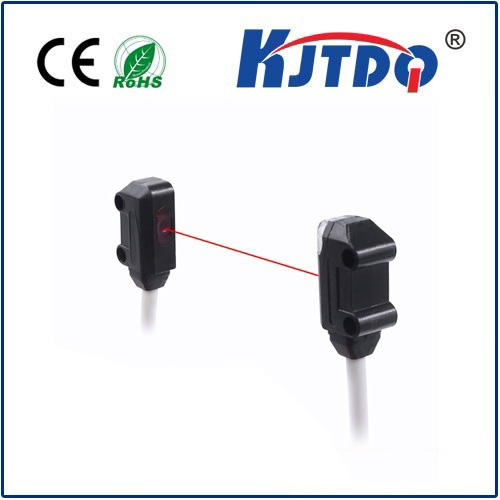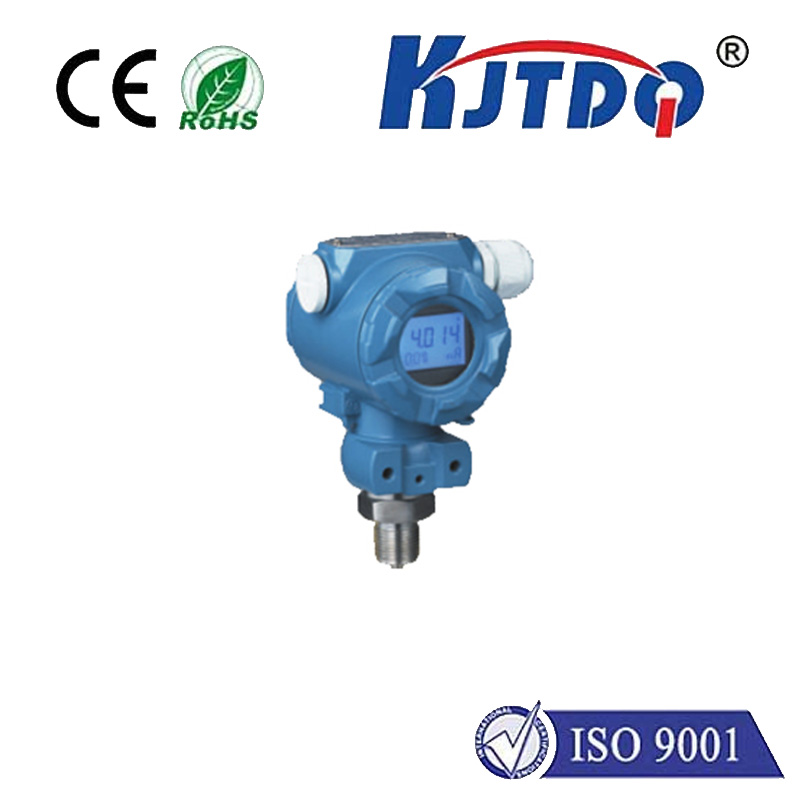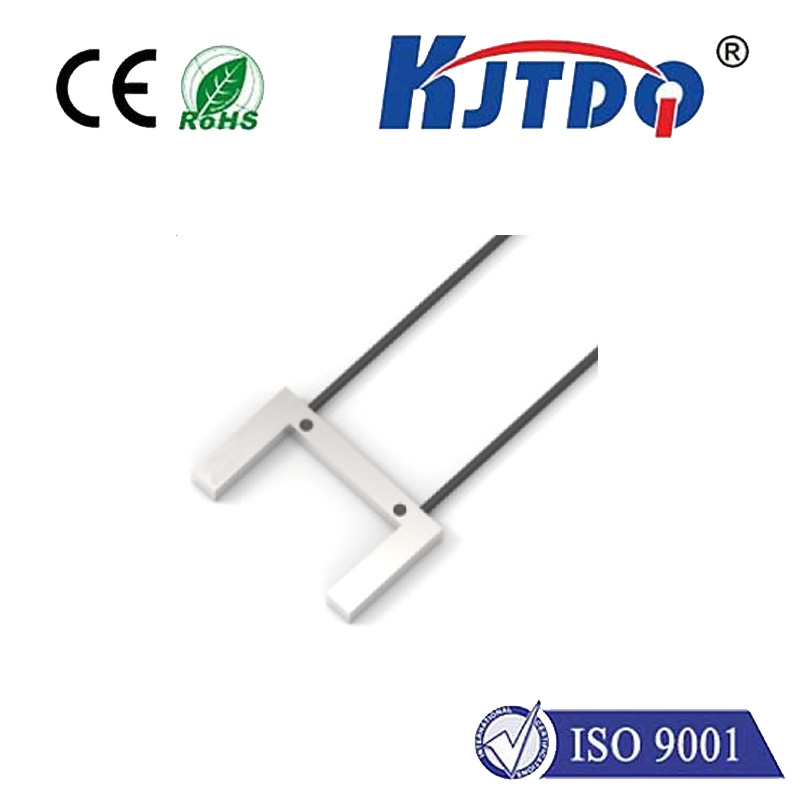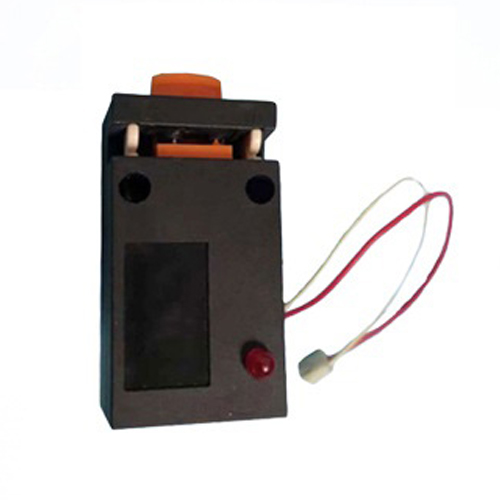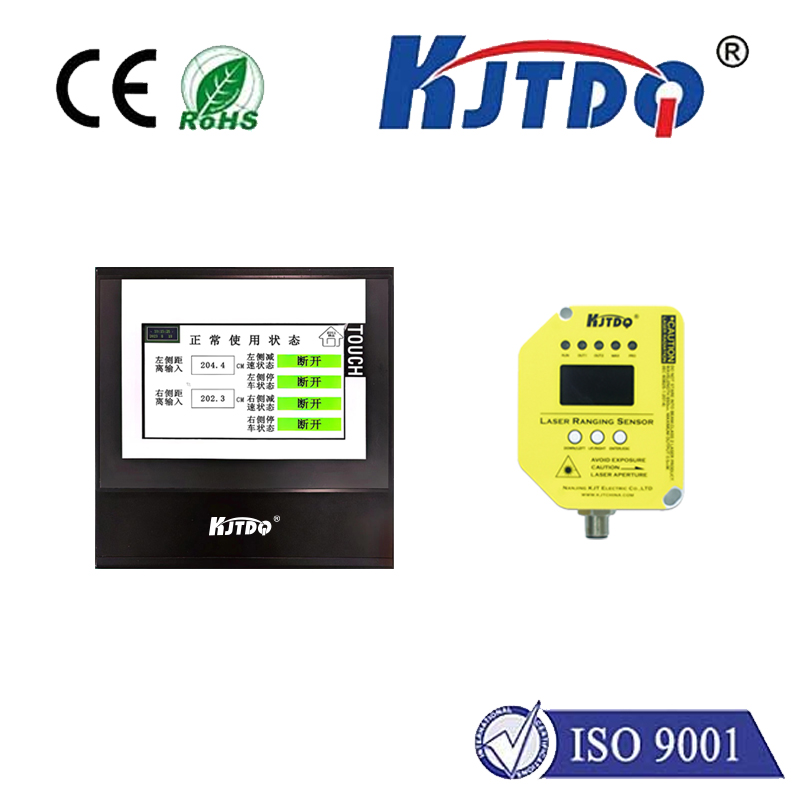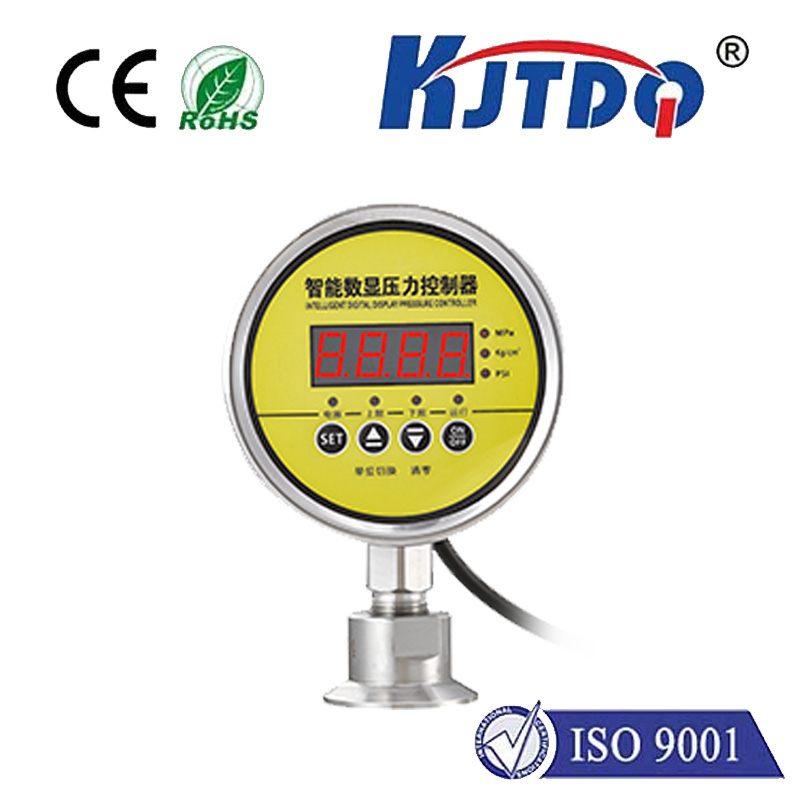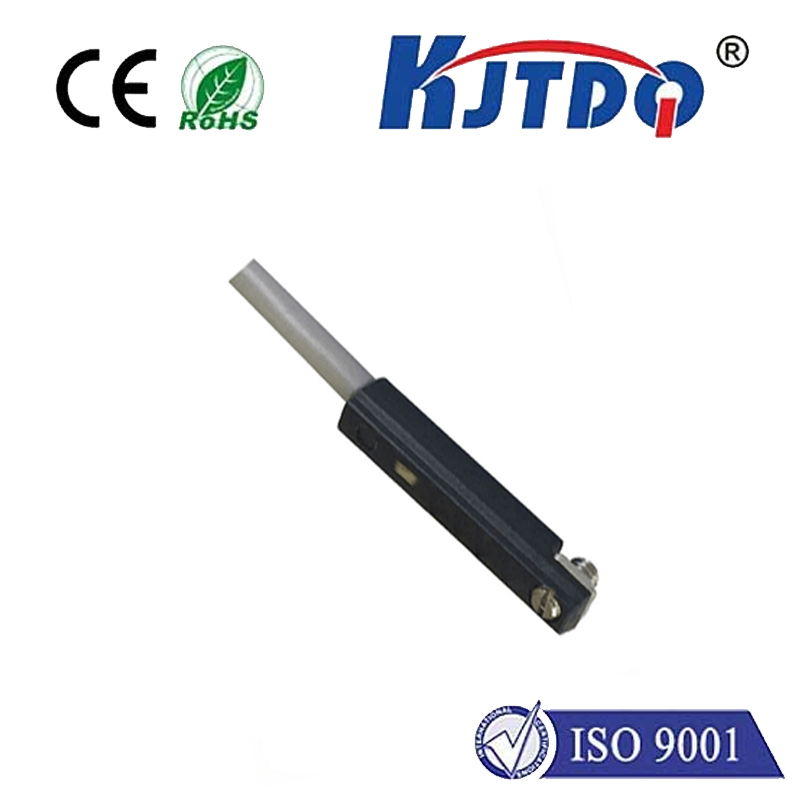Imagine a high-speed production line where the precise detection of components is critical. A single malfunctioning sensor can cause costly downtime, scrap, and delays. Traditional mechanical limit switches wear out, succumb to vibration, and falter in contaminated environments. This constant challenge underscores the critical importance of robust, non-contact sensing solutions like the BES02E1 inductive proximity sensor. Engineered for reliability and precision, this sensor consistently delivers accurate detection without physical touch, making it a cornerstone technology in countless industrial automation systems worldwide.
At its core, the BES02E1 operates on the fundamental principle of inductive sensing. It generates a high-frequency electromagnetic field via an internal oscillator coil. When a conductive metal target enters this active sensing field, eddy currents are induced on the target’s surface. These eddy currents draw energy from the sensor’s oscillator, causing a measurable change in its amplitude. Sophisticated internal electronics detect this amplitude shift and trigger the sensor’s output switching state. This entire process occurs completely contactless, providing significant advantages over mechanical alternatives. The non-contact nature inherently means there’s no wear on the sensor itself or the target, leading to dramatically extended operational lifespans.
The BES02E1 belongs to the category of inductive proximity sensors, renowned for their robustness and suitability for harsh industrial settings. Designed with a robust M12 threaded stainless steel housing (E1 designation), it offers excellent resistance to shock, vibration, and corrosion. This rugged construction allows it to perform reliably even in demanding environments common in manufacturing, packaging, material handling, and assembly applications.

One of the key specifications defining its performance is its sensing range. Typically offering a nominal sensing distance (Sn) of 2mm, the BES02E1 provides consistent detection for ferrous targets like steel within this range. It’s crucial to consider the damping factor when installing multiple sensors close together to prevent mutual interference. Furthermore, the BES02E1 boasts a high degree of immunity to environmental factors. It is resistant to dust, dirt, oil, coolants, and non-corrosive liquids, thanks to its sealed housing (common IP67 rating), ensuring consistent operation where other sensors might fail. While primarily targeting metals, its efficiency varies based on the target material’s conductivity and permeability – ferrous metals are detected at the nominal range, while non-ferrous like aluminum or copper require reduced sensing distances.
The sensor typically features a 3-wire connection (Brown = +24V DC, Blue = 0V, Black = Output) and is commonly available with either a PNP normally open (NO) or PNP normally closed (NC) output configuration. This provides flexibility in integrating it seamlessly into various control systems, including PLCs (Programmable Logic Controllers) and other industrial controllers. The switching output handles standard industrial control voltages, usually 10-30V DC. Its compact M12 form factor also simplifies installation and mounting in space-constrained applications.
Where does the BES02E1 truly shine?
Integrating the BES02E1 is generally straightforward. Careful mounting is essential – securing it firmly using the M12 thread and ensuring the target approaches the active sensing face perpendicularly. Maintaining the specified nominal sensing distance (Sn) is vital, and considerable safety margin (using 70-80% of Sn) ensures reliable operation despite temperature variations or component tolerances. Crucially, the target size must meet or exceed the specified minimum target size to guarantee consistent switching. While incredibly robust, periodic inspections for physical damage or excessive buildup of contaminants around the sensing face are recommended as part of routine preventative maintenance programs.
Compared to other sensing technologies like конденсаторный датчик (which detect both metals and non-metals but are more susceptible to moisture) or Фотоэлектрический датчик (excellent for long-range and non-metal detection but vulnerable to dirt and ambient light), the BES02E1 inductive proximity sensor offers distinct advantages for metal detection tasks. Its core strengths lie in its exceptional insensitivity to dirt, dust, and liquids, its mechanical robustness capable of withstanding vibration and shock, its long service life due to zero mechanical wear, and its high switching frequencies suitable for detecting objects moving at significant speeds. However, its limitation is clear: it reliably detects only metallic objects, and the sensing range is relatively short compared to optical solutions.
Ultimately, the BES02E1 inductive proximity sensor exemplifies the blend of simplicity, reliability, and performance required in modern industrial automation. Its robust stainless steel housing, reliable inductive sensing principle, immunity to harsh environments, and straightforward integration make it an indispensable tool for engineers and technicians seeking a cost-effective, low-maintenance solution for non-contact metal object detection. Whether ensuring a robotic arm picks up a component, verifying a safety guard is closed, or counting parts on a fast-moving line, the consistent performance of sensors like the BES02E1 is fundamental to maintaining efficiency, productivity, and safety across a vast array of automated processes. Understanding its capabilities and specifications allows for optimal implementation, maximizing uptime and minimizing maintenance headaches.
